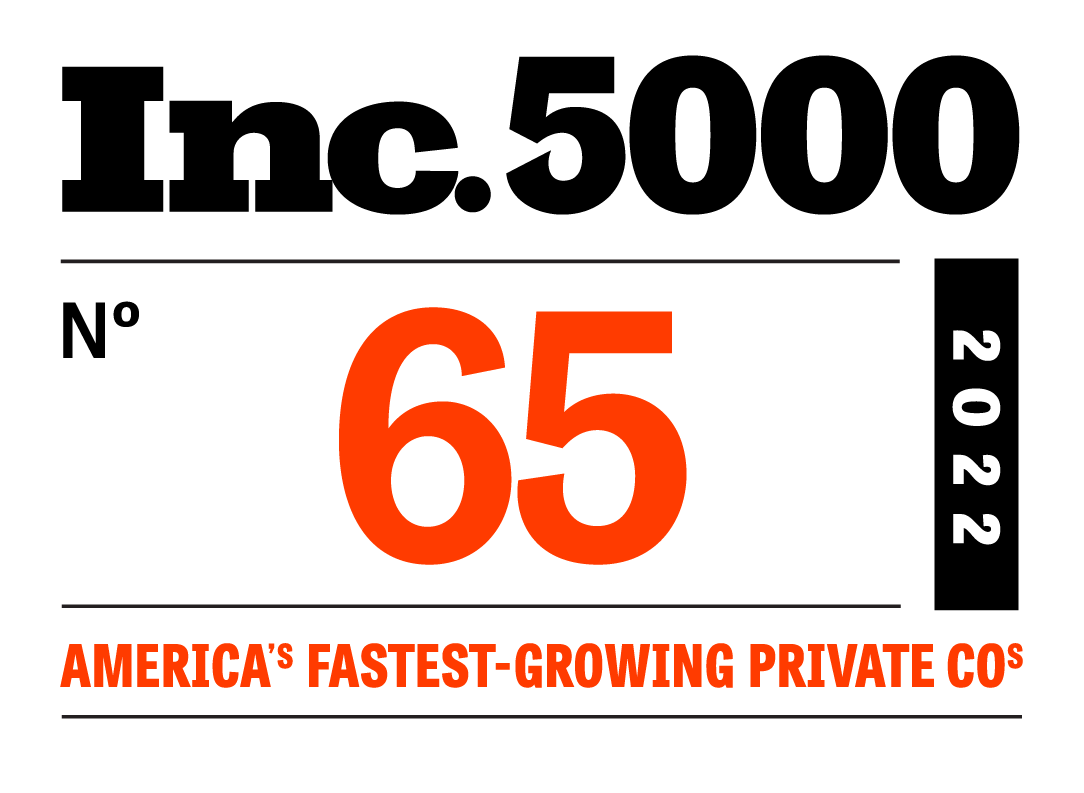
The movement known as “The Great Resignation” began in early 2021 and still continues to affect the workforce today. As pandemic restrictions subsided, many employees were empowered to pursue different career paths outside of the traditional employee-employer relationship.
This unprecedented shift, led to massive shortages of employees across all industries throughout the country, and is still shaping the future of the workforce an entire year later, as shortages continue and more Americans are finding alternative employment.
According to a recent report from PwC, one in five employees are considering leaving their current employer within the next 12 months. As new roles continue to open, firms are faced with what has been described as a “War for Talent”.
As of July 2022, there were nearly 11.2 million open jobs according to the U.S. Bureau of Labor Statistics. This "War for Talent" has adversely affected banks and credit unions across the country as they seek new employees to maintain and grow their operations, particularly in the small business segment.
It is becoming increasingly difficult for lenders to hire and retain top talent. According to a recent survey by Arizent of over 100 banking professionals, seven in ten banking leaders reported that attracting talent was a challenge, and 16 percent reported that it was an enormous challenge.
As lenders continue to compete with the growing alternative lending industry, it’s imperative that they find a solution.
What The War for Talent Means for Banks and Credit Unions
With a talent shortage that isn’t predicted to slow any time soon, banks and credit unions can expect to face difficulties in hiring for skilled roles like credit trained employees.
Financial Institutions that are operating on legacy processes will be disproportionately impacted by the labor shortage. Legacy processes are manual and time-intensive for bank employees and will affect the amount of loans that a lender can originate, placing a limit on productivity, scalability, and long term growth for the institution.
According to the Society for Human Resource Management, on average, it costs employers close to $5,000 in recruitment costs to hire just one new employee. Not only does this process create a financial burden for lenders, but it also takes time that they simply do not have. In the current state of the job market, these roles could be left vacant for weeks or even months.
Institutions that struggle to find talent will fall behind and miss out on opportunities to further develop areas that require more time and resources, like business banking. In an environment where you don’t have enough employees to maintain day-to-day operations within the bank, it would be difficult to justify small business lending due to its complexities and time-consuming nature.
Community and regional FIs are known for the excellent service they provide to small business customers. When they can no longer meet these needs, they lose out on the opportunity to build meaningful relationships with members of the communities that they serve.
Lenders that want to win in 2022 and beyond need to seek solutions that don’t require hiring additional resources. Today, many institutions have found success in leveraging technology to remove the barriers of tedious routine work to accelerate small business lending.
Scale Your Impact Without Increasing Overhead With a Digital LOS That Streamlines Business Lending
Developing technology can be a difficult task for lenders to achieve. It’s especially difficult when lenders are short on resources. A simple solution for lenders is bypassing building their own tech and leveraging fintech partnerships.
Through these strategic partnerships, lenders can achieve growth without hiring new talent and empower their current employees to focus on more strategic areas of the business, like building relationships with borrowers.
Technology solutions like Numerated give lenders time back in their day by automating processes including loan application and document collection, underwriting, and more.
Financial institutions that are leveraging the Numerated loan origination system have seen exponential growth in their small business segments.
Lenders are able to see value from their investment in Numerated in as little as 72 days, while the average time it takes an employer to hire a new employee is 42 days, not counting the training process.
Financial institutions that want to remain successful in 2023 can no longer rely on hiring new employees to expand their business. Instead, they should focus on implementing technology that reduces work and provides the opportunity to scale without additional resources.
Over 140 lenders have leveraged the Numerated platform to lend over $50 billion to U.S. small businesses. Learn how you can compete and win in small business without battling the war for talent by contacting us today.







